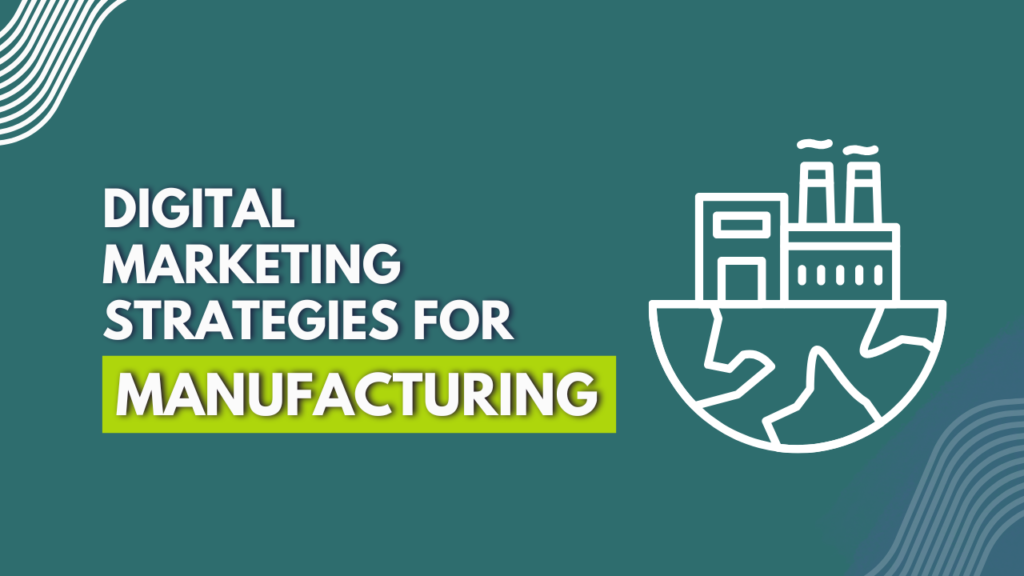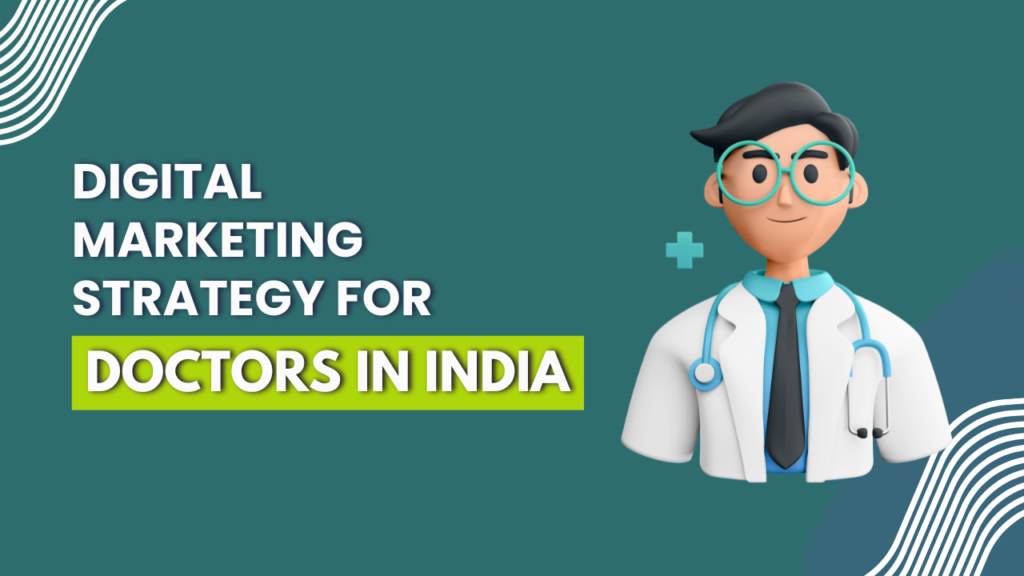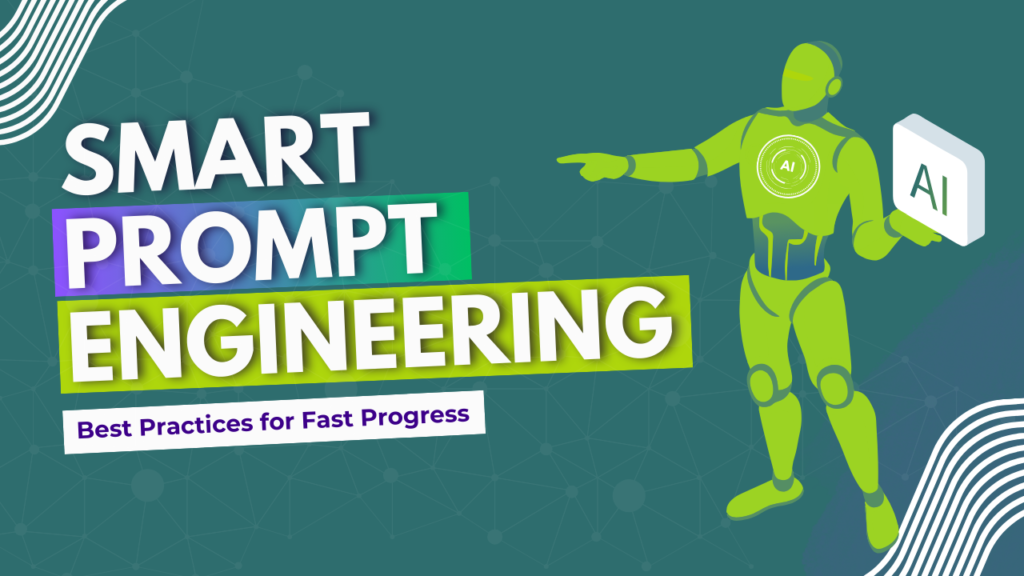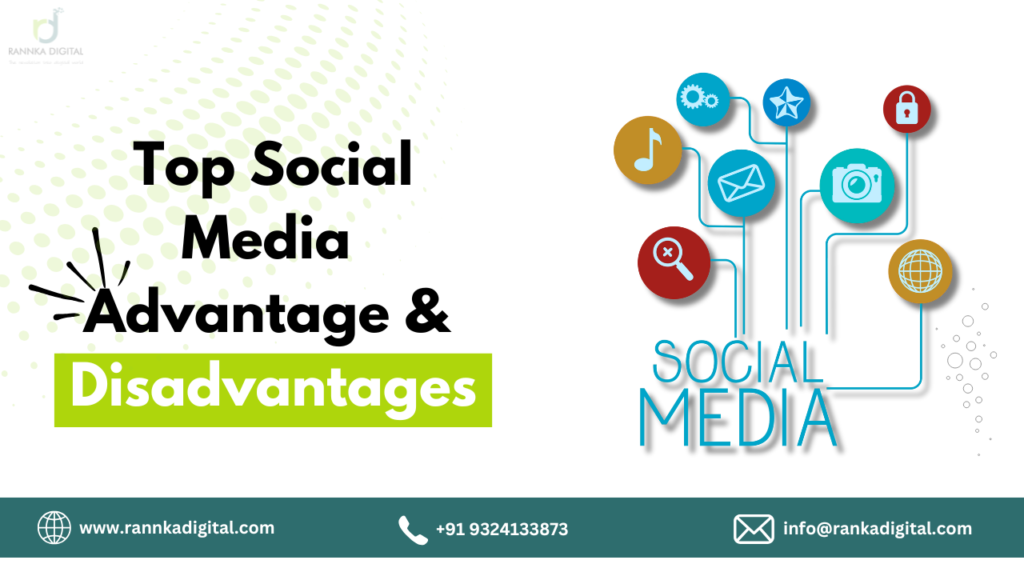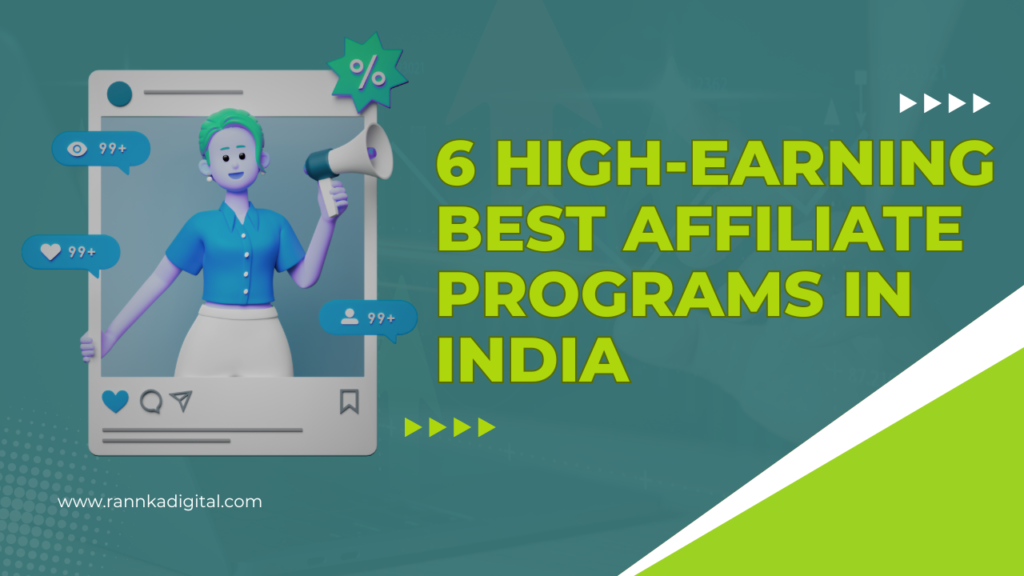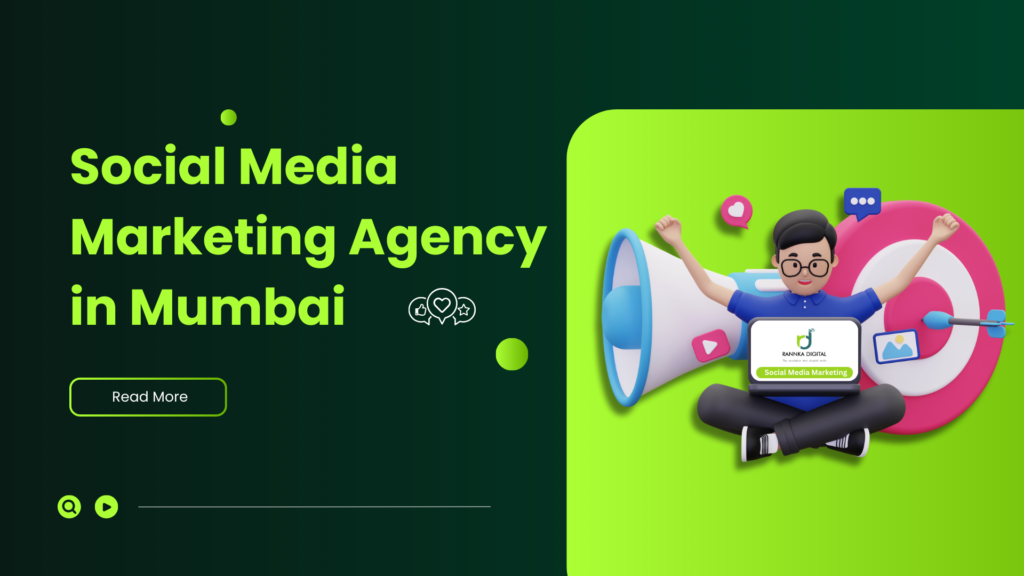Top 5 Digital Marketing Strategies 2025
In today’s digital world, having a strong online strategy is crucial for any business aiming to succeed. Whether your business is big or small, working with an expert digital marketing agency—like Rannka Digital Marketing Agency, one of the best in Borivali, Mumbai—can make a world of difference. Think of a digital agency as a GPS for your brand, helping you navigate the world of online marketing and unlock your business’s full potential. Digital marketing isn’t just a “nice-to-have” anymore; it’s essential. A well-executed strategy allows businesses to reach their ideal audience, increase brand awareness, and boost sales. In this article, we’ll look at five key digital marketing strategies that can help any business succeed in 2025 and beyond. Plus, we’ll explore the rapid growth of digital marketing in India and the emerging trends in influencer marketing. 1. Search Engine Optimization (SEO) SEO is your ticket to online visibility. Imagine making your online business as easy to find as a store on the busiest street. With SEO, you can attract organic traffic by optimizing your website for search engines like Google. The essentials include: Implementing these SEO strategies effectively can significantly enhance your website’s visibility, driving more traffic and potential customers to your business. 2. Content Marketing Content marketing is like hosting a top-notch event that draws in the right guests—your audience. This strategy focuses on sharing valuable content that resonates with and engages your ideal customers. Here’s how: Effective content marketing not only attracts and retains customers but also establishes your brand as an authority in your industry. 3. Social Media Marketing Social media is where conversations happen, and it’s essential for businesses to join the dialogue. Platforms like Facebook, Instagram, Twitter, and LinkedIn are key for reaching and engaging with audiences. A strategic social media presence can enhance your brand’s visibility, foster customer loyalty, and drive traffic to your website. 4. Email Marketing Email marketing allows businesses to keep their audience informed about products, offers, and news. By sending targeted messages, you can nurture leads and maintain strong customer relationships. Effective email marketing can lead to higher conversion rates and stronger customer loyalty, making it a vital component of any digital marketing strategy. 5. PPC (Pay-Per-Click) Advertising / Performance Marketing PPC is similar to renting a prime billboard spot online. You pay a fee only when someone clicks your ad, making it ideal for driving immediate traffic through platforms like Google Ads and social media. PPC advertising provides quick results and allows for precise targeting, making it an excellent way to boost your business’s online presence. Final ThoughtsHow to Approach Digital Marketing in 2025 To excel in digital marketing in 2025, it’s crucial to keep an eye on emerging trends. Here are some key strategies to incorporate: A digital marketing agency like Rannka Digital Marketing Agency, the best digital marketing agency in Borivali, Mumbai, can assist you in implementing these advanced strategies, ensuring your business stays ahead of the curve. The Rise of Digital Marketing in India Digital marketing in India is booming, driven by rising internet and smartphone usage. By 2025, India is projected to have over 900 million internet users and 820 million smartphone users, making it a dynamic market for digital growth. The e-commerce sector is expected to reach a staggering $200 billion by 2026, thanks to government initiatives like Digital India, which have digitally empowered millions. Contributing Factors to Digital Marketing Growth in India: Digital marketing agencies like Rannka Digital Marketing Agency, the best digital marketing agency in Borivali, Mumbai, are well-positioned to help businesses navigate India’s fast-evolving digital space. Influencer Marketing in 2025 Influencer marketing continues to grow, with brands exploring new ways to collaborate effectively. Here are trends to watch in 2025: Digital agencies like Rannka Digital Marketing Agency, the best digital marketing agency in Borivali, Mumbai, can help brands identify the right Digital marketing offers countless opportunities to boost business success. With a strategic focus on personalization, emerging technologies, and consumer behavior, your brand can establish a strong online presence. The future is bright for digital marketing in India, especially with a reputable digital agency like Rannka Digital Marketing Agency, the best digital marketing agency in Borivali, Mumbai, by your side. Embracing these digital marketing strategies in 2025 will not only enhance your brand’s visibility but also drive growth and ensure long-term success in an increasingly competitive marketplace. Partnering with a top-tier digital marketing agency can provide the expertise and support needed to navigate the ever-changing digital landscape, ensuring your business thrives in the digital age.



